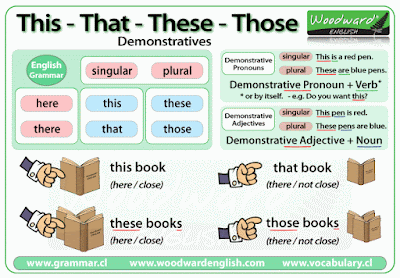Prepositions of place show the relationship of place between the nouns to the other parts of a sentence.
IN:
In indicates something to be present in a place or enclosure.
Example:
- Your shirt is in the closet. (Does not indicate an exact place)
- He lives in Australia.
ON:
On indicates a position above but touching the object.
Example:
- The phone is on the table. (Phone is touching with the table)
- He is on the third floor.
UNDER:
Under is the opposite of on and means ‘below the surface of’ something.
Example:
- The cat is under the table.
- The carpet under my feet is very soft.
IN FRONT OF
In front of means a position facing someone/something.
Example:
- He parked his car in front of my house.
- I have a pool in front of my resthouse.
BEHIND:
Behind means at the far side of something (might be out of sight). It is opposite of in front of.
Example:
- He parked his car behind my car.
- I have a pool behind my house.
NEXT TO:
Next to and Beside mean the same thing. It usually refers to a thing (or person) that is at the side of another thing.
- At a wedding, the bride stands next to the groom
EXERCISES



